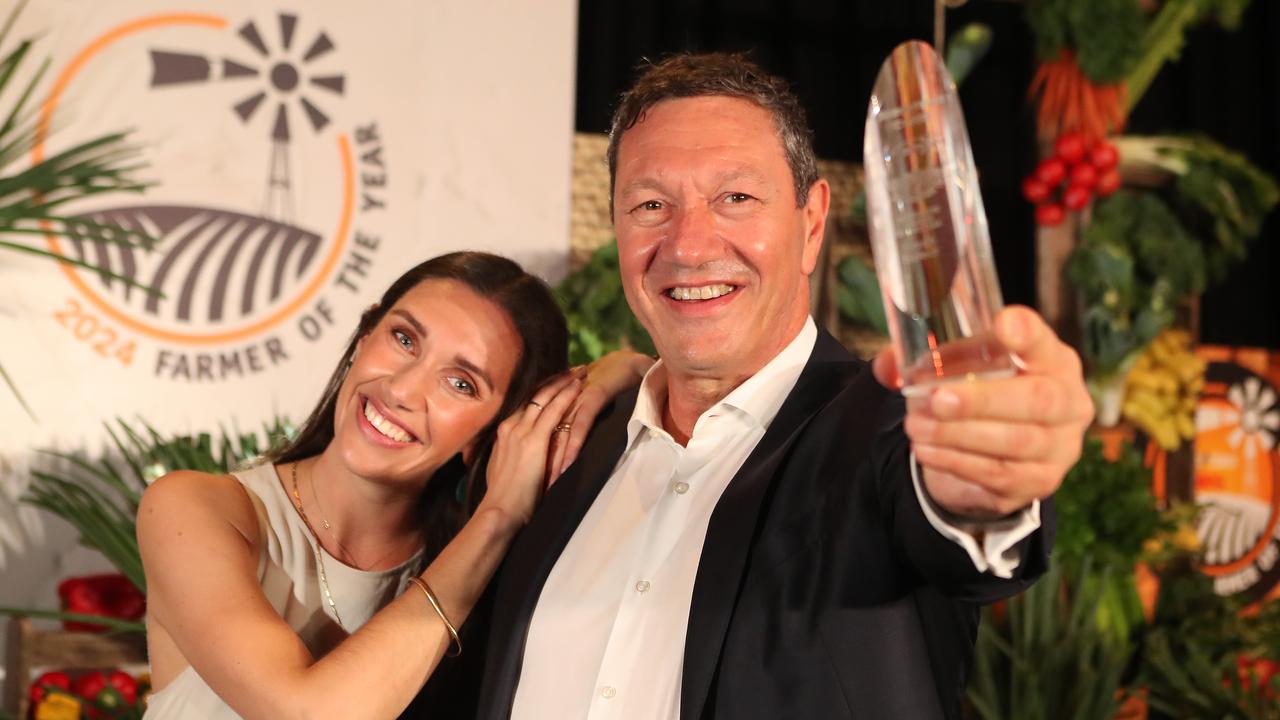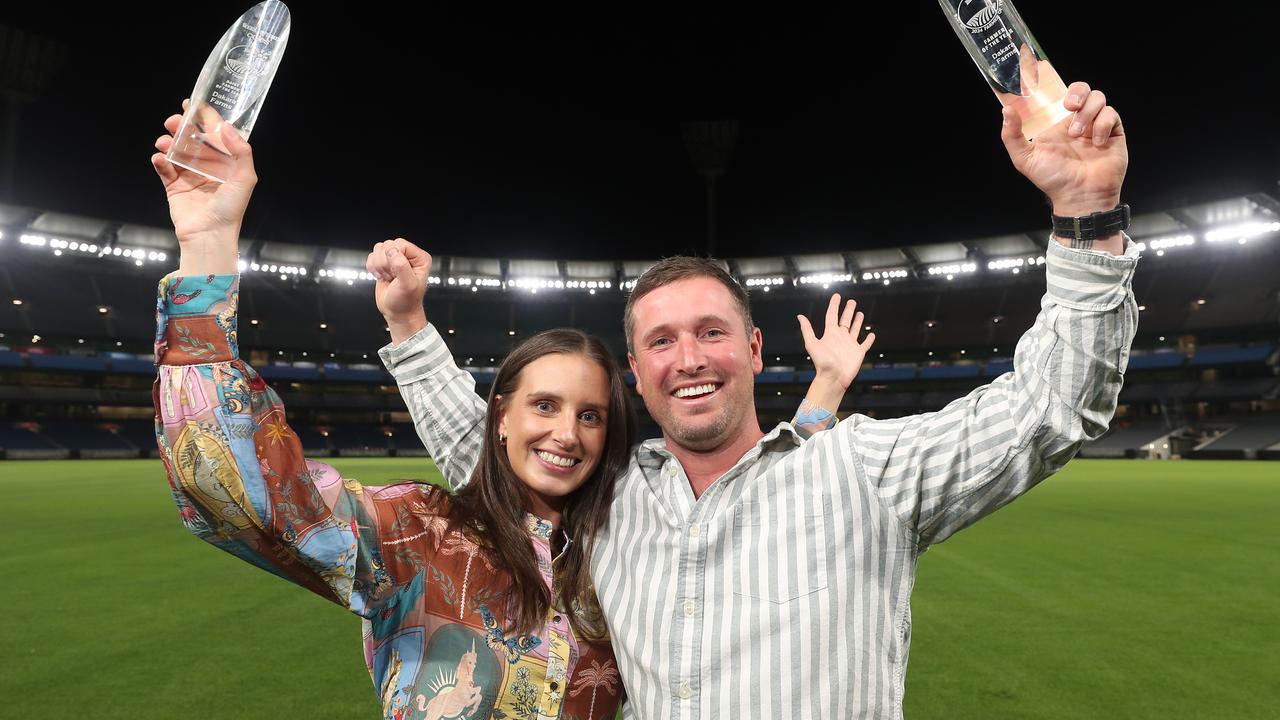Boer goats bleat the rest
BUSHFIRE ravaged David and Connie Northey's 36ha Myrrhee cattle farm in Victoria's North East in 2007.

BUSHFIRE ravaged David and Connie Northey's 36ha Myrrhee cattle farm in Victoria's North East in 2007.
And they were forced to start their business from scratch.
But rather than restocking, they opted for a whole new enterprise, inspired by their pet Boer goats, Polly and Demond.
"Goats are awesome animals and pets," Connie says. "They have a lot of personality, like a dog. So we thought, why not give them a go."
In 2008, after researching the goat-meat industry, they bought 35 does and bucks.
The Northeys, who have four children, now have a herd of 400 stud and commercial Boer goats, while their business, Myrrhee Premium Boer Goats, supplies cuts and value-added meat across the North East.
"The property we live on used to be my grandparents'," Connie says. "They grew hops until about 25 years ago. David's parents lived next door to them.
David and I moved here with our children in 2001 and had Angus cattle, until the 2007 bushfire burnt all our fences, hay and silage, right up to our house. We had to sell the cattle because we had no food or fences.
We had become familiar with Boer goats through Polly and Demond and so we thought we would try goat farming.
Initially we sold the meat through a co-op and soon after won an award through Australian Premium Boer Goats for carcass weight.
We then decided to build the stock up and organise the meat processing ourselves. We approached a few butchers but no one locally was really interested. Not many people were into eating goat meat.
In Easter 2012, we went to our first Moyhu farmers' market and it was awesome. It was a huge weekend and we sold heaps. That gave us an incentive to continue.
One year on and what we are doing seems to be working well. We now attend a range of markets - Euroa, Mansfield, Wodonga and also Melbourne markets, and supply restaurants and butchers.
We sell various cuts, such as neck chops, diced shoulder, osso bucco, shanks, cutlets, racks and spare ribs and then value-add with sausages and roasts.
We have three flavours of rolled roast including fig and ginger, ham with fetta, and pickled walnuts. We have six flavours of sausages - the best seller is our Algerian recipe of harissa, garlic, coriander and lots of herbs and spices.
Goat meat is similar to lamb, but sweeter and with a really low fat content. A lot of people don't know what goat meat tastes like, so we offer taste tests of our sausages at the market and most people buy a pack.
I love food and cooking, so I get the ingredients together and go to the butchers, Edward Street Quality Meats in Wangaratta, to make them.
Maybe I'm a control freak but I love what we are doing and enjoy it, so I make sure everything is done right. They do a fantastic job in there, but they probably get sick of me.
Boer goats are a combination of goat breeds developed in South Africa in the early 1900s for meat production.
Every week we slaughter about six animals at Wangaratta abattoir; they weigh about 30kg, and we end up with about 10kg to 15kg of meat. Our basic meat - capretto - is from milk-fed goats about three to six months of age.
We use older goats for our sausages - about seven years of age, when they have more flavour.
Our stud has 30 goats and we plan to take them to their first show this year, the Melbourne Show.
We kid twice a year, April-May then September-October. We have three Maremma dogs who look after the baby goats - they stop foxes and chase eagles and crows.
New-born goats are quite vulnerable. They're not as resilient as lambs because they don't have the same fat coverage for warmth.
Our climate can get quite cold up here in the hills. We have a lot of frosts and sometimes snow. Summer is better for the goats.
Boer goats have a fast growth rate and most are quite docile. They have a good temperament. People say goats are easy to look after, but they're more work than a cow.
You have to trim their feet and if they get a high worm burden they can die. We try to remain as organic as possible, but because we are in a high-rainfall area, worms can be a problem.
We avoid drenching as much as we can and have worked with natural products such as copper, sulphate and dolomite. But when they are not doing well, the only solution is a drench."


